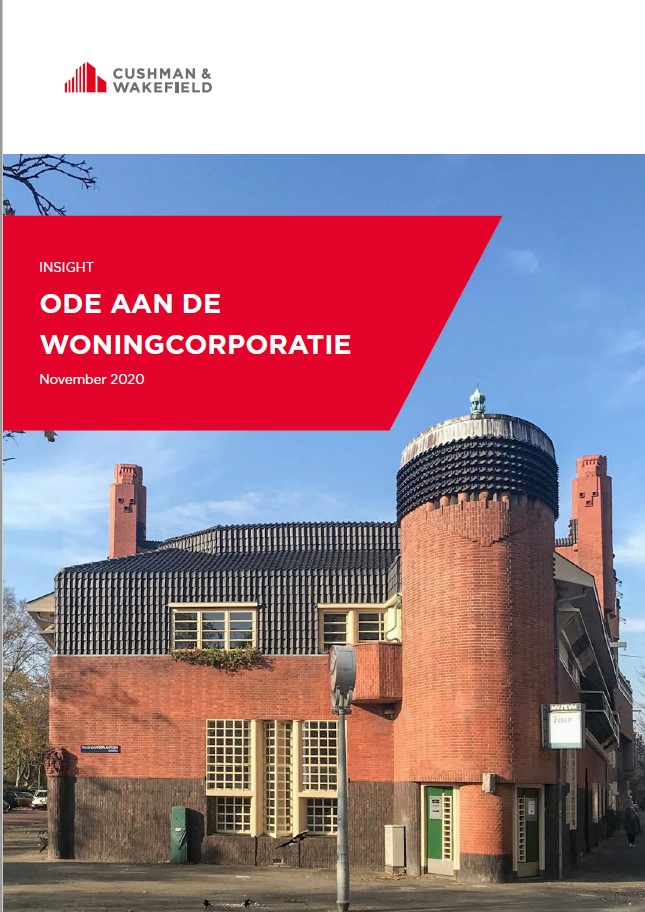The historical role of housing associations and the government has turned out to be decisive for how cities throughout the Netherlands look today, for how neighborhoods and districts with their own characteristics and facilities have been created.
When I look back at more than 150 years of history of the housing corporations, a continuous interaction is visible between the influence of the government on policy and the amount of affordable housing that was built. As well as a search for the right balance between room for maneuver and regulation. As far as I am concerned, the current state of affairs is far too complex a situation that makes housing construction in the social and middle segment more difficult.
In the twenties of the last century, our capital almost four times larger and grew into a large modern city under the inspiring leadership of Floor Wibaut, one of the most important councilors of Amsterdam of the last century. He devoted himself to public housing with great success. Under the guise "a good home is a right of every citizen", shacks in the city center were declared uninhabitable, major plans for new housing estates were made and implemented. An iconic building from that time is Het Schip in Westerpark, but also Plan Zuid van Berlage from the Amstel station to the Olympic Stadium. The main goal of Wibaut was: material and spiritual upliftment of the workers. They came to live in beautiful, clean neighborhoods with gas, water and light. There was a great eye for beauty in this time of the Amsterdam School - a style that can be found in many places in the Netherlands - in stark contrast to the unimaginative, boring and monotonous architectural style of the 19th century such as in the Pijp.
After the Second World War, housing associations played an even greater role in reconstruction and solving the housing shortage. In this way they have built up years of knowledge and experience in urban planning and area development. Step by step, the financial dependence of housing associations on the government decreased until the mid-1990s. Corporations are gaining more power and the social role is being explained more widely. The result was that many activities were developed, but that they realized less and less affordable homes and an uneven playing field with market parties arose. At the beginning of this century, housing corporations came to be seen in a completely different light; the European Commission intervened with administrative measures. Moreover, it was revealed that a number of corporations had gone wrong with investments and self-enrichment.
With the Housing Act in 2015, the corporations are back to their core task: social housing. The freedom for corporations has thus been restricted in order to prevent 'leakage of socially intended assets'. From the perspective of the housing shortage, it unfortunately has a danger: complex laws and regulations, the landlord levy, the sustainability issue and high construction costs are hampering the construction of social housing as well as homes in the middle segment. Solving the housing shortage is simply an incredibly complex task where many stakeholders have to take responsibility. Moreover, another traditionally social role of the housing corporations is more than ever under threat: the role of area director. In addition to making existing homes more sustainable, we need to expand cities. By adding districts and neighborhoods that are inclusive and connect instead of competing with each other. In the past, housing corporations have shown like no other that they can successfully accomplish this task. Let us use the knowledge and experience of housing corporations as natural partners of municipalities and market parties to guarantee and create inclusive, liveable cities for everyone. Hence an ode to the housing corporations.
Every month a column is published on a topic related to the value of the city. This vision is based on internal research and dialogue with internal and external stakeholders, in close collaboration with consultants and analysts from our Real Estate Strategy & Innovation team. More background can be found in the Insight that can be downloaded on this page (in Dutch).













